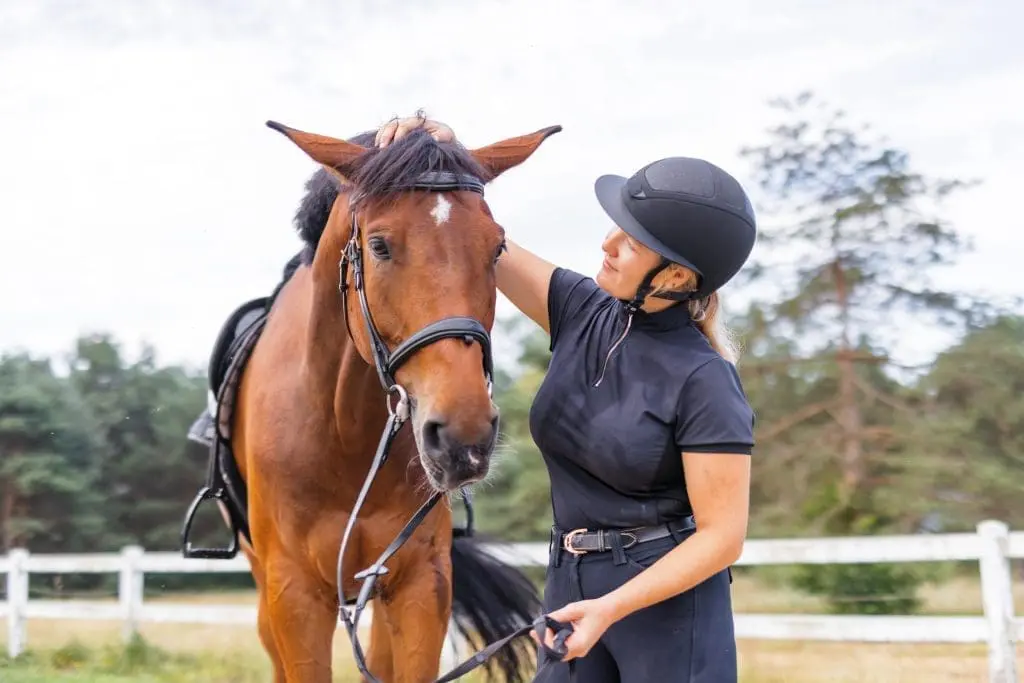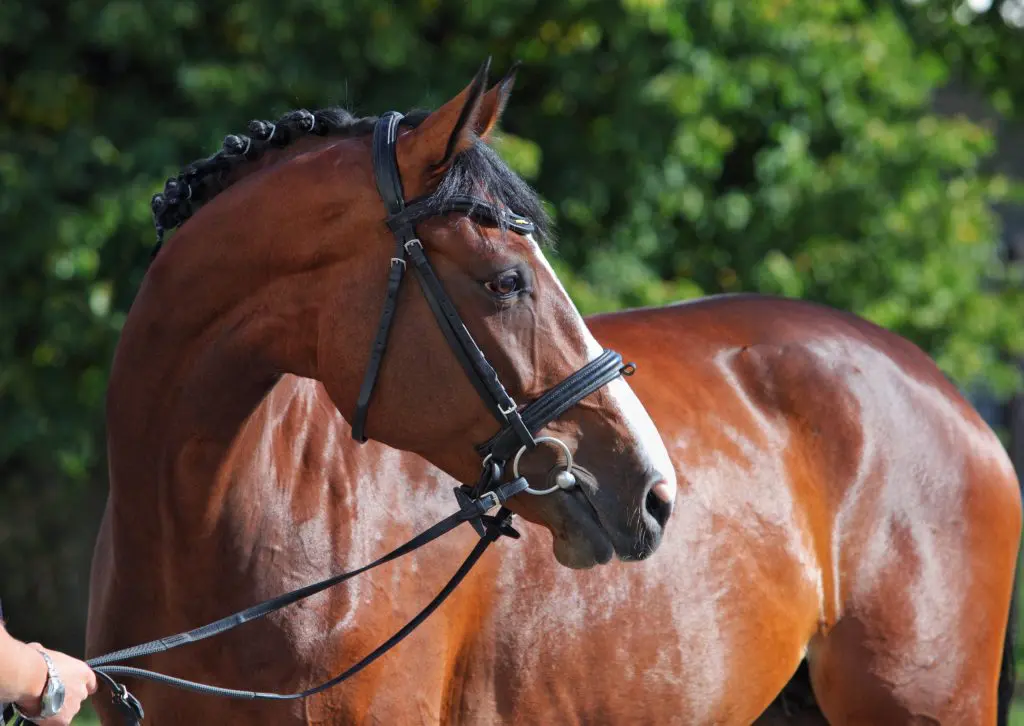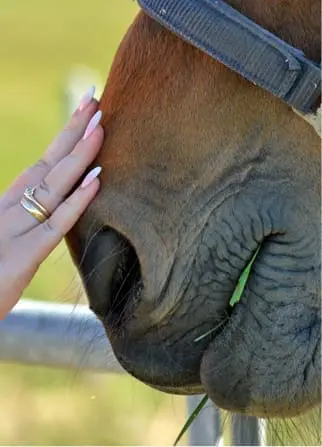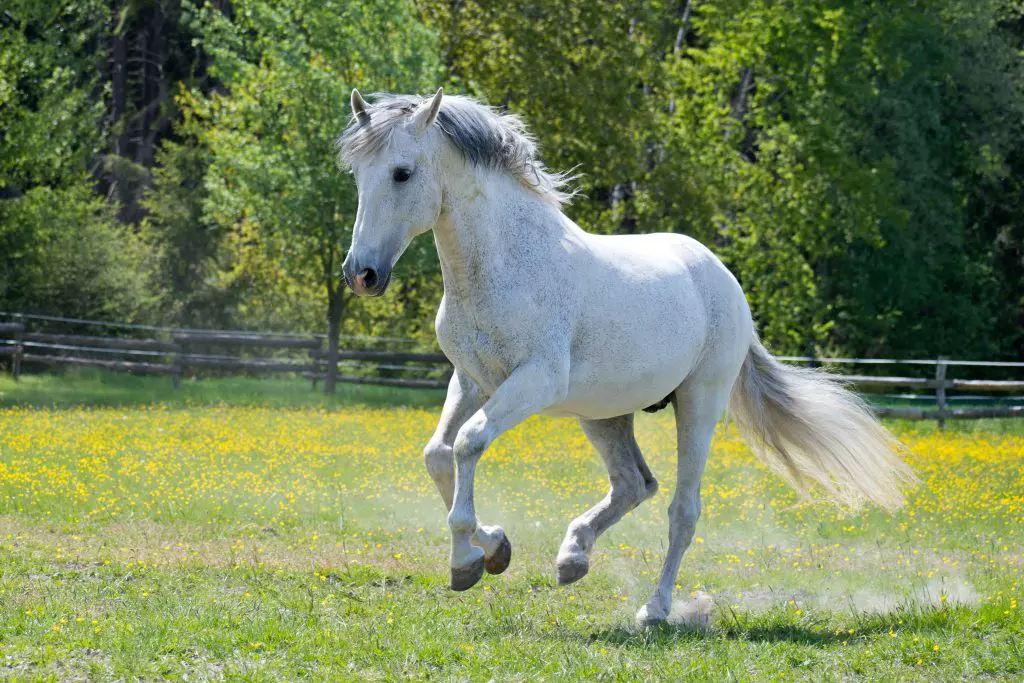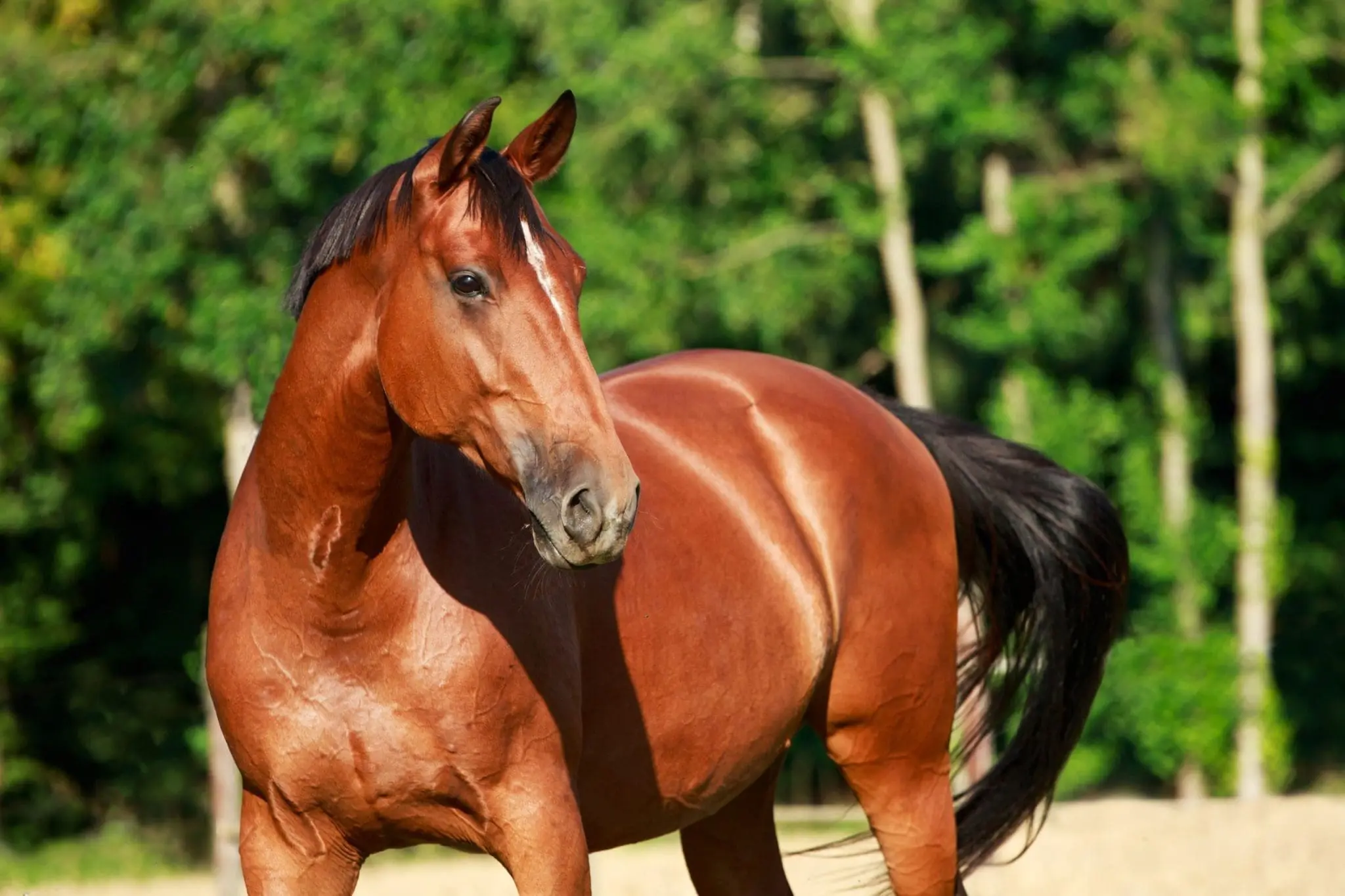Changeable weather patterns can lead to stressed grass causing an abundance of fructans (undigestible sugars), spikes in potassium and nitrogen to mycotoxins and rye grass staggers.
It’s best to not overgraze paddocks such as grazing to ground level. This damages the root structure, slows grass growth causing stress and health issues. It will also ruin pasture taking much longer to re-establish and grow which can be a problem when rotating paddocks too.
If possible, always allow grass to be a few centimetres in height to avoid grass stress. This will however mean good doers, or the laminitis prone horses and ponies will still need strict monitoring and shorter graze times.
The best time to graze is early morning when sugars are at their lowest. However, after frosts and cold snaps, be aware sugars are not used up by the grass, so during these times, sugars become higher in the morning. It is then better to graze later in the day when temperatures warm up and the grass uses up the stored sugar. During these times keep plenty of hay accessible in place of grass, to ward off any digestive upsets.
If grazing very short pasture, be aware the nutrient composition is unbalanced in the grasses bid to grow! The uptake of N, P, K by the grass is therefore high, which your horse in-turn consumes.
To help rebalance your horse during fast growing grass, feed 1 tablespoon of salt daily (per 500 Kg horse) and also magnesium. The salt requirements will also increase for working and sweating horses.

